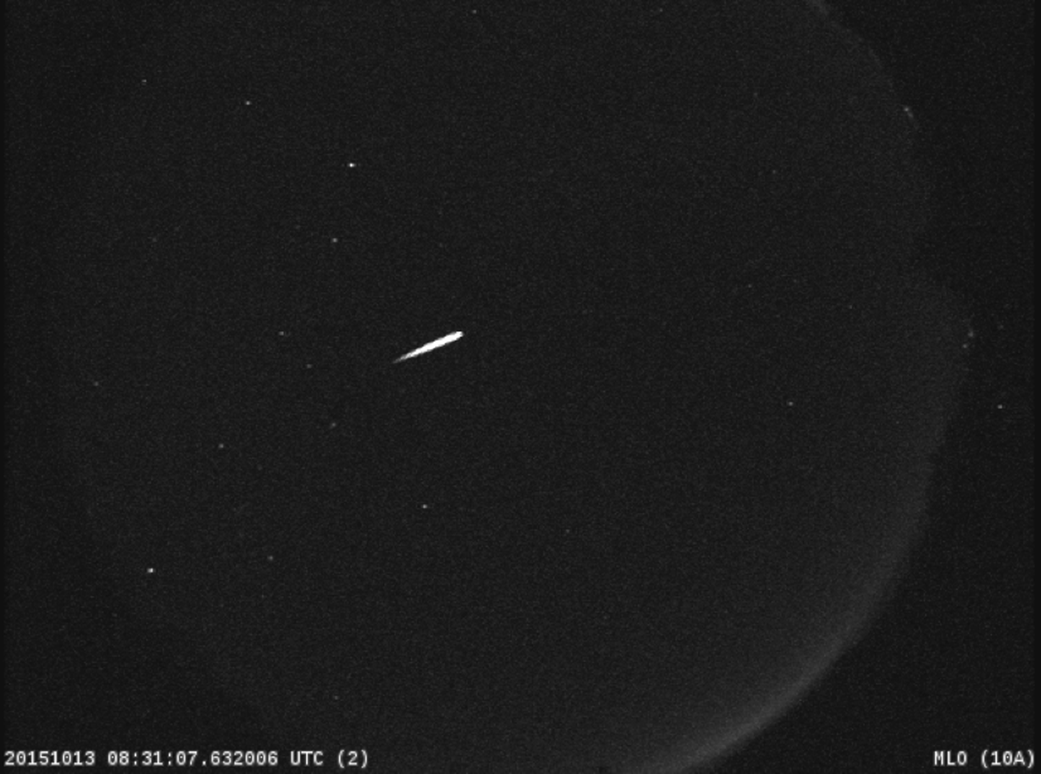
The night sky offers a show unlike anything else. In this monthly series, we will explore some of the top viewing experiences for backyard astronomers.
Here are some highlights from NASA’s most recent Skywatching report, as to what you can look forward to observing in the October sky!
Oct. 2 – Observe the annual Orionid meteor shower
This month, look up to the night sky to witness the Orionids, which are active from early October to early November, peaking in mid-October. Dust and rocky debris from the comet 1P/Halley form the Orionids. Their radiant, or point in the sky from which they appear and where they get their name, is the constellation Orion.
According to NASA, the Orionids are considered, “one of the most beautiful showers of the year.”
Known for their brightness and speed, the Orionids put on a sensational show! In fact, NASA reports that the meteors enter the Earth’s atmosphere at speeds of roughly 148,000 miles per hour, often forming bright fireballs.
Viewing Tips:
The Orionids can be seen from both the northern and southern hemispheres after midnight. According to NASA, if you are in the southern hemisphere, you should lie on your back with your feet facing the northeast. If you are in the northern hemisphere, have your feet face the southeast.
Remember to find an area away from city and streetlights and lie on your back, allowing your eyes to adjust to the night sky. Look up and take in one of the most spectacular meteor showers of the year!
Oct. 8 – Moon at perigee
This afternoon, at 12:28 p.m. CT, look up to the sky and try to see the Moon which will be its closest point to the Earth for this orbit!
Oct. 13-14 – Saturn makes an appearance
Saturn will make an appearance late Wednesday evening into early Thursday morning. Look for the planet to the upper left of the Moon around 6:30 p.m. CT. Throughout the evening and into the early morning, Saturn will appear to move clockwise around the Moon.
Oct. 14-15 – Jupiter appears
Catch a glimpse of Jupiter, which will appear above the Moon around 6:28 p.m. CT Thursday evening. The planet will appear to move clockwise around the Moon throughout the night.
Oct. 16 – International Observe the Moon Night
October 16, 2021, is International Observe the Moon Night. This is a night where people from across the globe come together to learn about the Moon and celebrate lunar exploration and science. There are many ways to take part in this annual event. Look up at the Moon from where you are, or with a telescope at an organized event. Photograph the Moon or make art at home. There are many ways to take part. Click here to learn more.
Oct. 20 – Hunter’s Moon
Don’t miss your chance to see this month’s full Moon, called the Hunter’s Moon, at 9:57 a.m. CT this morning. If you can’t quite see the Moon during the day, you’ll have ample opportunity to catch a glimpse in the night sky, as it will appear full from Monday evening to Thursday morning.
Watch the video below to find out what constellations you can see in October. This video is produced by the Space Telescope Science Institute, home of science operations for the Hubble Space Telescope, in partnership with NASA’s Universe of Learning.
Spot the Station
Watch the International Space Station pass overhead from several thousand worldwide locations. It is the third brightest object in the sky and easy to spot if you know when to look up. Visible to the naked eye, it looks like a fast-moving plane only much higher and traveling thousands of miles an hour faster! Find out when you can spot the station.
For stargazing tips, explore our guide. To learn more information about October 2021 celestial events, visit NASA Solar System Exploration.








